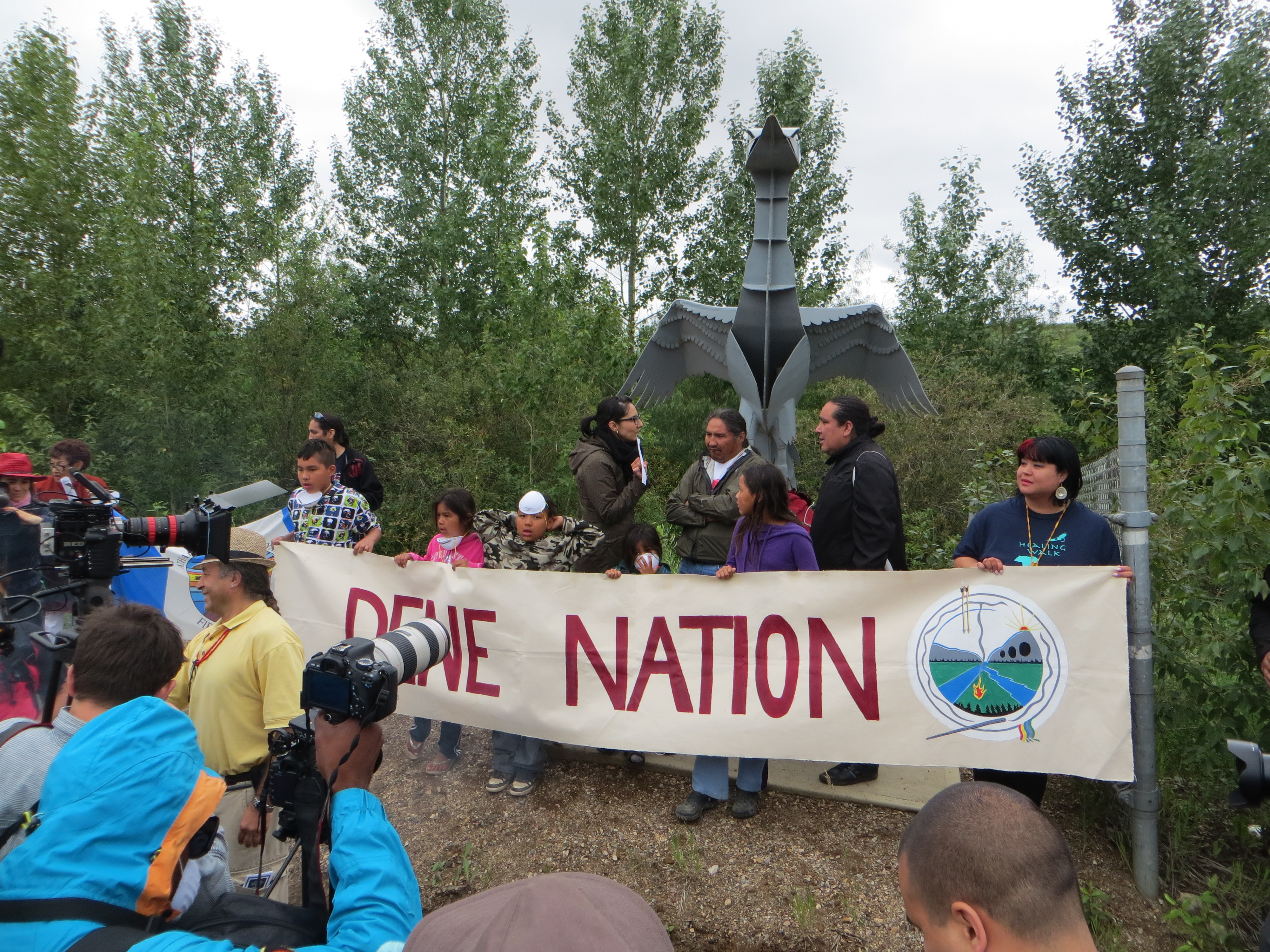Churchill, MB, incorporated as a town in 1997, population 870 (2021 census), 899 (2016 census). The town of Churchill is located at the mouth of the Churchill River on the southwest shore of Hudson Bay. The river was named for Lord Churchill (later the first Duke of Marlborough).
History
Churchill was founded on the traditional territories of the Dene and Cree peoples. The first European to encounter the area was Danish explorer Jens Munk in 1619. However, permanent European settlement didn’t begin until 1689. That year, the Hudson's Bay Company (HBC) established a fur trade post, called Fort Churchill, about 8 km from the mouth of the Churchill River. Following a fire, Fort Churchill was rebuilt in 1717, and renamed Prince of Wales Fort in 1719. It remained the centre of the fur trade in the area until it was destroyed by the French in 1782. The HBC re-established fort, which continued its role as a fur-trade post.
In 1929, the Hudson Bay Railway’s Churchill terminal opened, and the present town began to grow. During the Second World War, the town prospered as a northern supply centre and military base. It continued as a research station and rocket launching site until the mid-1980s. With the closing of the military base in the 1960s, Churchill’s population declined from its peak of around 4,000.
Economy
Following the closure of the military base, Churchill struggled to rebuild its economy. In 1994, Akjuit Aerospace Inc. redeveloped the rocket launching facility to provide launch services for international launch vehicles but closed four years later. Churchill is some 1,600 km closer to Europe by sea than Montreal, but its short, four-month shipping season and shallow waters restrict its development as an ocean port. Although Churchill is only accessible by air or rail, ecotourism is an important aspect of its economy with visitors coming for polar bear and beluga whale excursions and for access to Wapusk National Park. The town is also rich in historical resources including pre-Dorset and Dorset sites, a partially reconstructed Prince of Wales Fort (designated a national historic site in 1920), Cape Merry battery and the 18th century mooring site of Sloop Cove.

 Share on Facebook
Share on Facebook Share on X
Share on X Share by Email
Share by Email Share on Google Classroom
Share on Google Classroom



